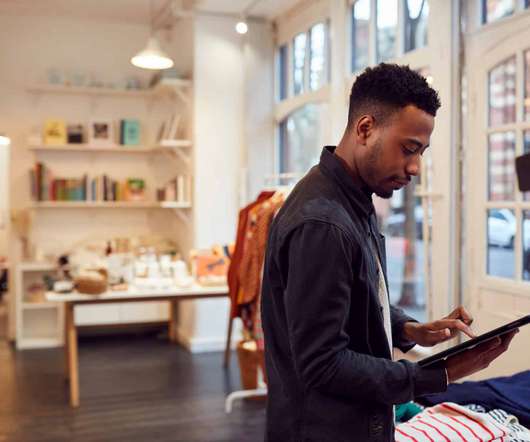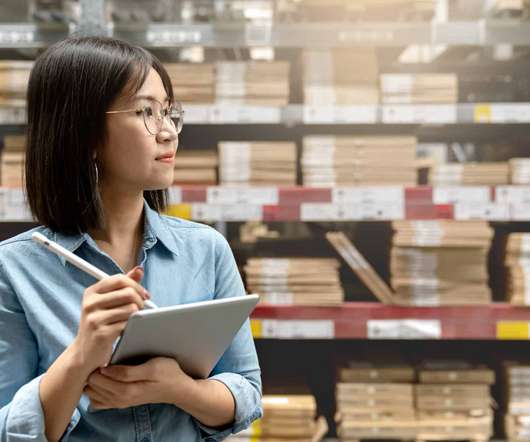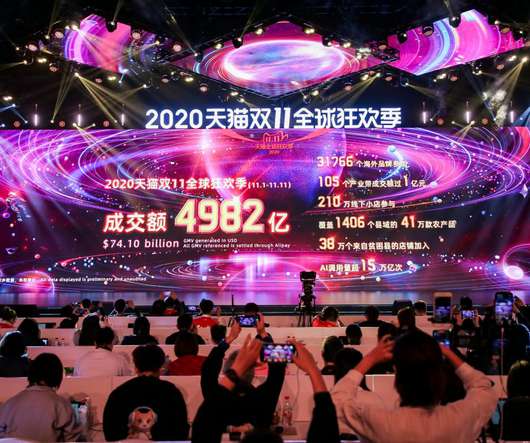How Retailers Can Leverage Technology to Turn Economic Uncertainty Into an Opportunity
Kibo
AUGUST 18, 2022
Impacts of the recession on DTC brands and B2C retailers. This, combined with the continued expansion of eCommerce as a percentage of total retail sales, suggests the dramatic gains of 2020 have been consolidated. . In the last recession, the Great Recession of 2007-2009, retailers that did well were food and cut-price stores.












Let's personalize your content